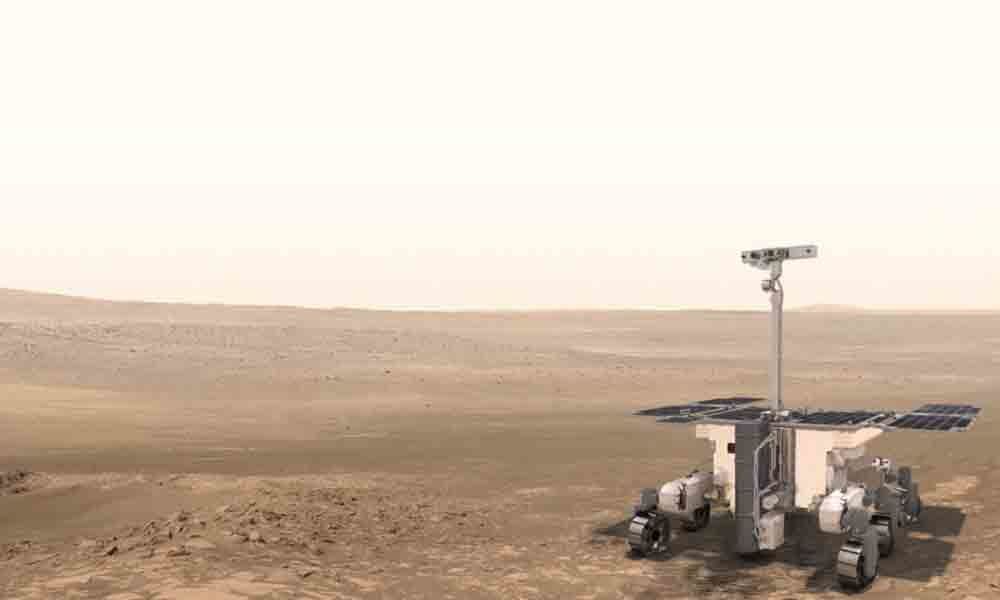Live
- Hyderabad students put up a good show in ICSE, ISC exams
- Malkajgiri Parliamentary Constituency: Ahead of polls, RWAs tap party bosses for redressal of long-pending problems
- Alliance formed for public welfare: TDP leader Abdul
- Bandi Praja Sangrama Yatra inspired 'En Mann En Makkal'- TN BJP chief A Annamalai
- Politics of threats no longer exist: MLA Mekapati
- Why is cancer called cancer? Answer dates back to Greco-Roman times
- Kadapa: Vidya Sagar Hospital celebrates milestone of 100 robotic knee surgeries
- Curious Kids: why do trees have bark?
- Australia's targeted visa crackdown hits Indian students
- MyVoice: Views of our readers 7th May 2024









